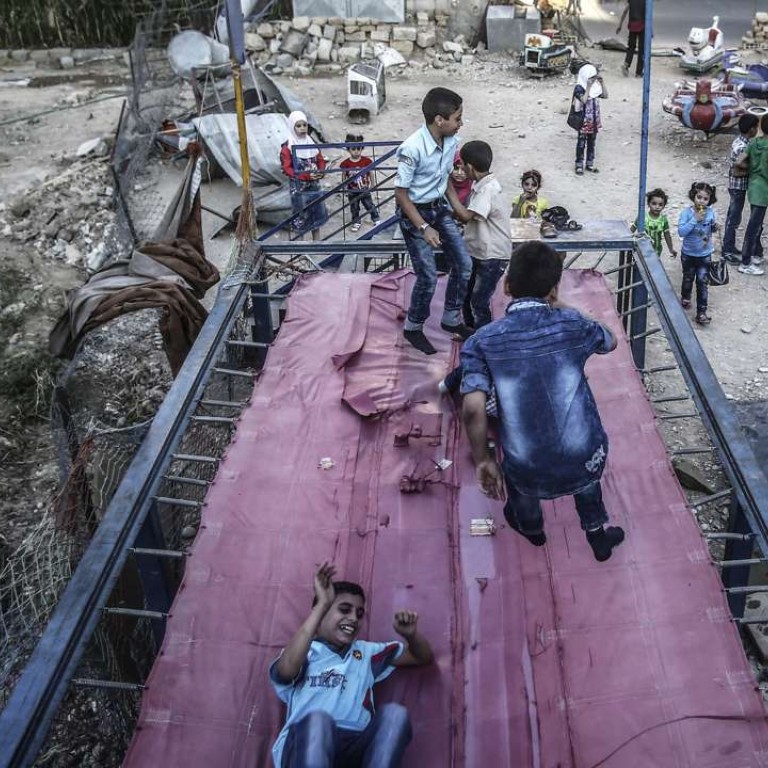
In Syria, an imperfect peace deal is better than none at all
Russia and the US have made a significant investment and will have to do their utmost to attain a lasting outcome.
The civil war in Syria has taken such a terrible toll that any chance of a deal that could bring peace has to be grasped at. A ceasefire in effect since Monday appears to be largely holding, clearing the way for emergency aid to be delivered to hundreds of thousands of people living in the direst of conditions. A staying of gunfire and rockets, no matter how temporary, also gives pause for all sides to consider their circumstances and think afresh of the best way to seek a solution. With Russia and the US, the most influential and powerful participants in the conflict, behind the truce agreed to in Geneva last week, the prospects for new negotiations on the country’s future are brighter.
Syrian government forces and rebels fighting for the past five and a half years to overthrow president Bashar al-Assad’s regime have already accused one another of breaking the truce. There are many groups involved in the conflict, creating a complex web of players that will make preventing a resumption of gunfire, let alone a peace deal, a challenge. The involvement of Turkey, Iran and Saudi Arabia complicates matters. One by one over the past 10 months, negotiations have faltered and broken down. The partnership of Moscow and Washington in driving the latest efforts do not ensure a positive outcome; they do not trust one another and share different political goals.

Russia backs Assad and wants him to stay in power, while the US seeks his removal and replacement by a democratically elected leader. They disagree on which of the rebel groups should be allowed to participate in peace talks. Their deal is vague on Assad’s future, but at least there is an understanding that the civil war that has claimed more than 400,000 lives, displaced 6.5 million within the nation and led to 4.8 million refugees in neighbouring countries and beyond cannot continue. They will cooperate in fighting the extremist Muslim group the Islamic State and Fateh al-Sham, once affiliated to al-Qaeda, both of which have taken root in Syria’s north.
The ceasefire has given Syrians a chance to bring a semblance of normalcy to their lives. They have emerged from ruined homes to shop and children are again laughing in playgrounds. It is too soon to determine whether the truce will hold, but war-weary citizens are clinging on to this moment of hope. An imperfect deal has been forged and it is up to government forces and rebels as to how long the calm will last. Russia and the US have made a significant investment and will have to do their utmost, with their allies, to attain a lasting outcome.

